Last Updated on November 29, 2023 by Cathy
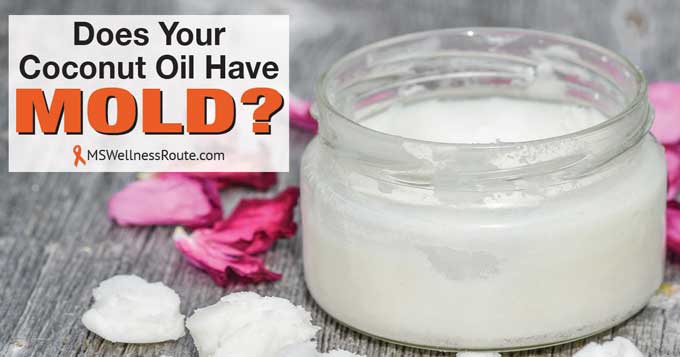
When I started the Paleo diet I read how good coconut oil is for your health. I started using it for everything. I cooked with it, it was in my shampoo, deodorant, toothpaste, you name it. It was even in my supplements to get rid of my yeast overgrowth (candida).
Then I had a food sensitivity test and it showed I was highly sensitive to coconut. I wasn’t having any visible reactions after consuming it or when I used it on my body. Were the test results correct? How could I be sensitive to something that’s supposed to be so good for you?
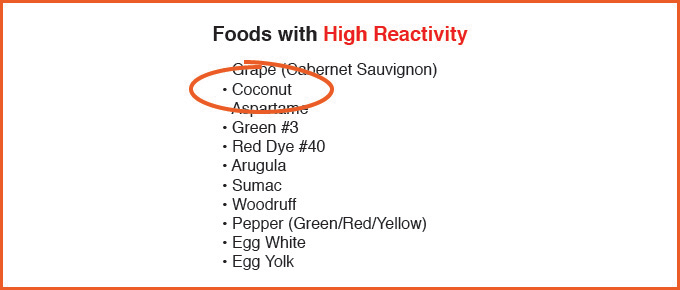
Environmental Toxins
The test also showed environmental sensitivities. Out of the six items I’m highly or moderately sensitive to, three of them are mold. That means half of my environmental sensitivities are mold-related. – I’m also allergic to penicillin (mold).
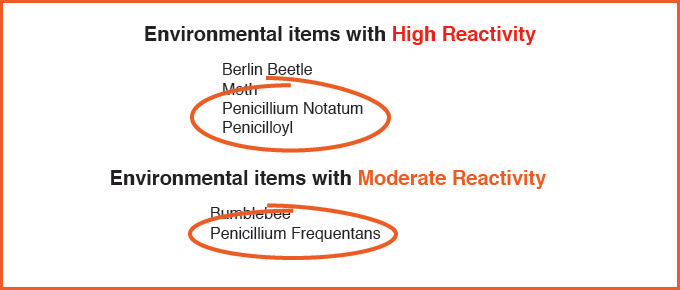
I always suspected mold as one of my triggers to multiple sclerosis (MS). Plus, I have the HLA-DR gene which makes me more susceptible to mycotoxins (mold). This gene makes it harder for the body to expel mycotoxins.
My functional medicine doctor recommended that I get my DNA tested. I took a 23andMe Health DNA test and then ran the raw data through CodeGen which is a free website. It gives information on health-related risk factors including the HLA-DR gene.
Later, my functional medicine doctor had me tested for mycotoxins. My test results showed I had an extremely high level of mycotoxins. Especially to penicillium as you can see in the image below.

Although a person may have the HLA-DR gene, it isn’t a guarantee they will have a high level of mycotoxins. Knowing you have the HLA-DR gene will give you a better understanding of how your body works.
What are mycotoxins?
Mycotoxins are a fungus, the Latin word means “fungus poisoning.” Mycotoxins are a common environmental toxin that can lead to serious health problems. Including headaches, allergies, asthma, cancer, inflammation, and death.
Mycotoxins grow in moldy environments like water-damaged buildings. You absorb them through the air, skin, and through the intestinal lining. This triggers inflammation and oxidative stress throughout the body.
Common symptoms from mold exposure:
- Balance issues
- Brain fog
- Constipation or diarrhea
- Digestive issues
- Extreme fatigue
- Insomnia
- Joint pain
- Light sensitivity
- Numbness
- Skin rashes
- Stiffness
- Sugar cravings
- Tingling
- Urinary inconsistent
- Weakness
Notice the common symptoms of mold exposure to MS symptoms?
Mycotoxins are also released from yeast cells which goes wherever yeast grows. I have a yeast overgrowth in my body, candida, so the mycotoxins are throughout my entire body. Mycotoxins can also cross the blood-brain barrier.
They also grow on food, even if you can’t see mold, there may still be invisible mycotoxins. This doesn’t bother most people except for those who have an allergy or the HLA-DR gene. Coconuts have higher levels of mycotoxins.
Aha!
That’s where my sensitivity to coconuts was coming from. It’s probably not the coconut itself but the mold spores in the coconut. The pieces to my puzzle were finally beginning to come together as to what triggered my MS. And, what I needed to get under control.
HLA-DR gene (you can’t change your genes but you can change your gene expression by living a healthy lifestyle)
- Allergic to penicillin
- Highly sensitive to penicillium
- Severe yeast overgrowth
- High level of mycotoxins
- Sensitivity to coconuts
I guess you could say I’m full of fungus.
Quick Links To Information In This Post:
DNA Test For Multiple Sclerosis
Are Mycotoxins Holding You Back From Healing?
The Connection Between MS And Candida
Does Your Coconut Oil Have Mold?
Coconut oil contains lauric acid which has an antifungal effect. That is great for getting rid of yeast overgrowth. You would think it would also be good at getting rid of mycotoxins?
But, coconut oil is often made from dried coconuts which can allow mold and mycotoxins to grow. Even if the coconut oil is from fresh coconuts it can still get mold spores. Cooking or freezing help but it doesn’t destroy all of the mycotoxins.
It’s best to avoid coconut oil altogether if you’re sensitive to mold, this includes putting it on your skin. Even though coconut oil has lots of benefits, it is only hurting your body more due to the mold. Some coconut oil comes from fresh coconuts that have fewer or no mycotoxins. But, if you’re more susceptible to mold you should avoid all coconut oils.
If you don’t have mycotoxins look for coconut oil that is from fresh coconuts and not dried coconut (copra). The brand I used before finding out I was sensitive to it and had mycotoxins was Tropical Traditions.
What about coconut milk?
Coconut milk comes from the coconuts white flesh which has lower amounts. For me, coconut showed up on my “highly reactive” food sensitivity test result. So I’m going to avoid all coconut products.
Plus, I’ve had many years of mold exposure at various times in my life and the HLA-DR gene. For that reason, it will take longer for my body to release the mycotoxins. If you aren’t highly sensitive to mold or have a high level of mycotoxins drinking coconut milk is fine. Always read the label so you know what is in the coconut milk.
Eat a Low Mold Diet
I was already following the book Healing Multiple Sclerosis for my yeast overgrowth. It also addresses mold and parasites and many of my symptoms reversed but not all of them. Probably due to stress and the high level of mycotoxins. I’ve discovered many food items that are high in mycotoxins besides coconut oil. Here’s a list:
Foods to avoid:
- Alcohol
- Cheese
- Chocolate
- Corn
- Dried fruit (apricots, dates, figs, prunes, raisins, etc.)
- Fruit juices
- Food from the bulk section
- Grains
- High sugar fruits such as bananas, grapes, oranges, and pineapples
- Leftover food (freeze what you’re not going to eat)
- Milk
- Mushrooms and truffles
- Nuts (except almonds, pecans, walnuts)
- Peanuts
- Processed foods
- Seeds (except chia, hemp, pumpkin, and sesame)
- Smoked meats
- Soybeans
- Spices (black pepper, cinnamon sticks, and red chili)
- Sugar
- Vinegar
- Wheat
Foods to eat:
- Vegetables (except corn)
- Fruit
- Nuts, raw (only almonds, pecans, and walnuts)
- Seeds (only chia, hemp, pumpkin, and sesame)
- Herbs (keep in the refrigerator and throw out after three months)
- Healthy fats (check your sources of coconut oil)
- Wild-caught fish
- Pasture-raised poultry
- Grass-fed and finished beef
Eat organic as much as possible. You will avoid antibiotics, growth hormones, pesticides, and mycotoxins. Conventionally raised farm animals eat grains like corn that are high in mold spores.
Teabags have high levels of mycotoxins because of the way they’re stored. Some teas like green tea and antifungal teas are very beneficial so they’re allowed. I’ve been adding Matcha green tea and pau d’arco powder to my smoothie. I keep them in the refrigerator to avoid mold and throw them out after three months.
Eat a diet that is low in carbohydrates because they break down into sugar. Sugar feeds mycotoxins, bacteria overgrowth, yeast overgrowth, and parasites.
Check your home thoroughly for any mold. Mold is sneaky and it likes to hide in places you wouldn’t think like the lining of front load washing machines. It took us several months to find ours. But we finally found our mold exposure when I noticed our washing machine leaking water all over the floor.
When my husband pulled the machine out, the floor underneath it had mold all over it. Apparently, it was leaking water for a while and we didn’t know it until the water came out from under the machine.
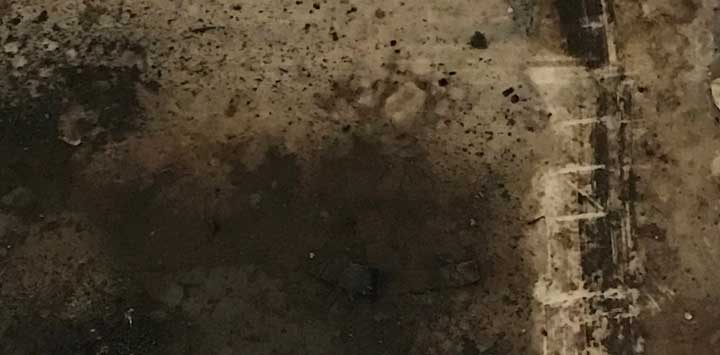
Check underneath all your sinks, windows, door trims, and your crawl space. There can also be water damage in the walls or ceilings of your home.
Overall
Avoid breathing mold. If I see something in the refrigerator with a little bit of mold my husband takes it outdoors to dispose of it. If you don’t have that option wrap it up a couple of times in a plastic bag before throwing it away. Try not to breathe it and remember to wash your hands with soapy water afterward.
Infrared saunas are good because the mycotoxins are released through sweat. Berberine, garlic, and a good probiotic will help. Along with antioxidants such as vitamins A, E, and C.
It sounds very restrictive but until you get rid of the mycotoxins your body can’t fully heal. Mold does not cause MS but it is a trigger.
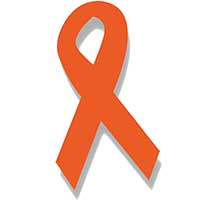
Free Wellness Library!
Subscribe for free and I’ll send you the password to my secret library filled with many printables for your wellness journey.
Want to remember this health tip? Pin it to your favorite Pinterest board!
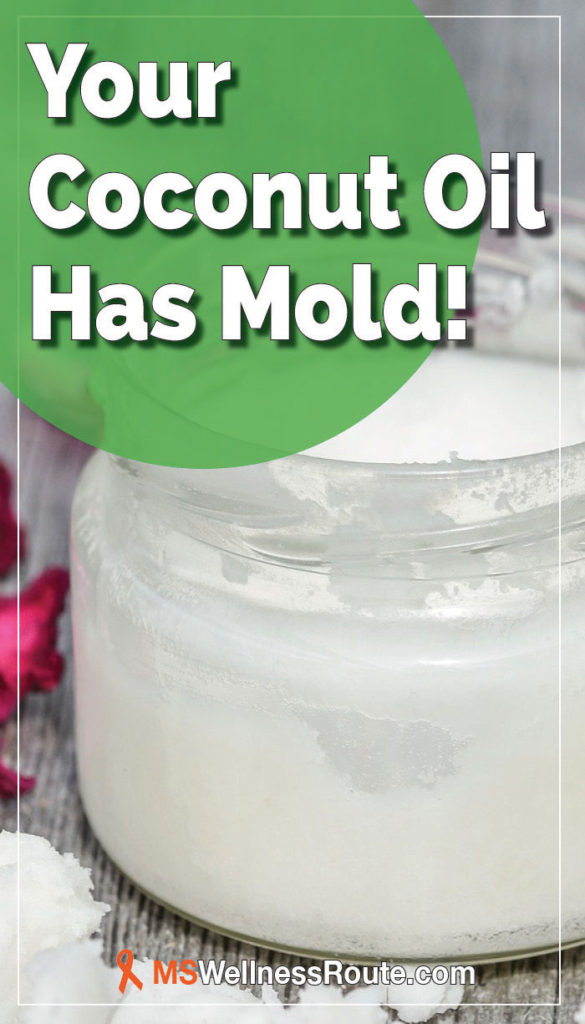
Resources:
https://www.jillcarnahan.com/2015/02/08/low-mold-diet/
https://www.survivingtoxicmold.com
https://rawlsmd.com/health-articles/mold-mycotoxins-making-sick





